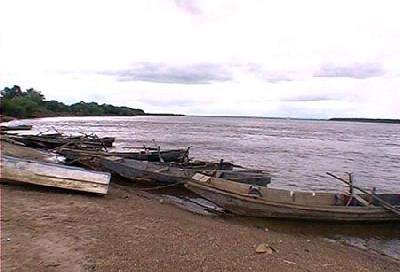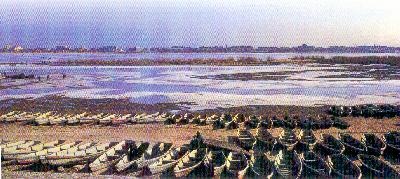| Travel in China > Natural Scenery > Rivers |
|
|
Heilongjiang River
The Heilongjiang River was known as the Yushui, Wanshui and Heishui in ancient China. The forests are luxuriant and the aquatic grasses are verdant wherever the Heilongjiang River flows across. The rich black humus in the soil is carried into the river by the surface water and the river water therefore becomes livid. The Manchu people living in the Heilongjiang River Valley call the river Sahalianwula, the Sahalian means the black color, and the Wula means the river. The name of the Heilongjiang River (river in the shape of a black dragon) was thus formed. Therefore, it is lively and visual to name the slightly black river that looks like a black swimming dragon as the Heilongjiang River.
The Heilongjiang River has total 200 more tributaries in which the large ones include the Songari River, the Wusuli River, the Zeya River and the Bulieya River.
The total length of the Wusuli River is 905 kilometers, with a drainage area of nearly 187,000 square kilometers. The soil of the Wusuli River is fertile, primitive forests can be seen everywhere, a great deal of minerals are held in the area, and it abounds in soybean and broomcorn. In addition, the aquatic resources are very rich, including the special local products of salmon, huso sturgeon, bighead fish, sturgeon and dongzhu (a kind of pearl), etc.
Along with the frequent commercial intercourses with Russia in recent years, China successively opened 7 ports to carry out commercial trade with Russia. The freight of 1990 alone was up to 400,000 tons, so these ports can bring significant economic benefits to the two countries every year. |
||||||
All rights reserved. Reproduction of text for non-commercial purposes is permitted provided that both the source and author are acknowledged and a notifying email is sent to us. |
||||||
 |

